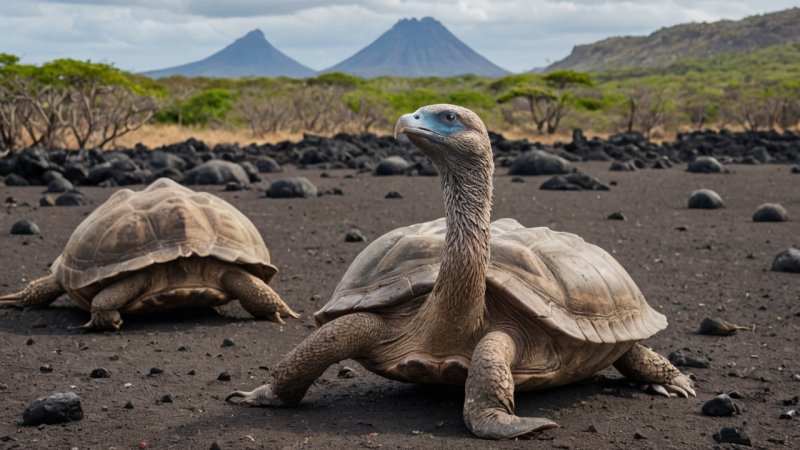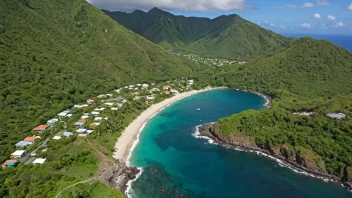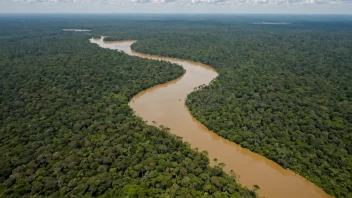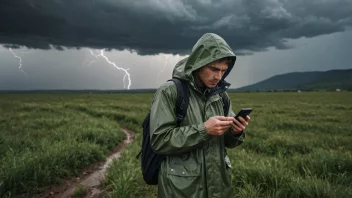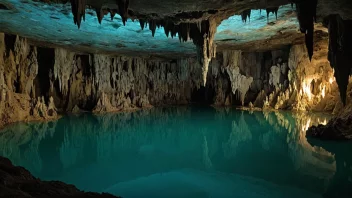The Galapagos Islands are a photographer's paradise, offering breathtaking landscapes and unique wildlife found nowhere else on Earth. Whether you're a professional photographer or an enthusiastic amateur, capturing the essence of the Galapagos can be an unforgettable experience. In this article, you will learn how to plan your trip, prepare your equipment, and capture stunning wildlife photos that truly reflect the beauty of this remarkable destination.
Step 1: Plan Your Trip
To photograph the unique wildlife of the Galapagos Islands, the first step is to plan your trip wisely. Here are some tips:
- Choose the Right Time to Visit: The best time to visit the Galapagos for wildlife photography is during the dry season, from June to December, when animal activity is high.
- Research Your Itinerary: Consider visiting multiple islands to capture a diverse range of wildlife. Popular islands include Santa Cruz, Isabela, and Española.
- Book a Guided Tour: Joining a guided photography tour can provide valuable insights into the best locations and techniques for photographing wildlife.
Step 2: Prepare Your Equipment
Having the right gear is essential for wildlife photography. Here’s what to pack:
- Camera: A DSLR or mirrorless camera with a fast autofocus system is ideal for capturing moving animals.
- Lenses: Bring a telephoto lens (200mm or longer) to photograph animals from a distance, and a wide-angle lens to capture landscapes.
- Tripod: A lightweight tripod can help stabilize your camera for sharp images, especially in low light conditions.
- Extra Batteries and Memory Cards: Wildlife photography often requires patience, so ensure you have enough power and storage to last throughout your shoots.
Step 3: Understand Wildlife Behavior
To capture stunning photographs, you need to understand the behavior of the wildlife you will encounter:
- Research Species: Familiarize yourself with the various species you may photograph, such as the Galapagos tortoise, blue-footed booby, and marine iguana.
- Observe from a Distance: Use your telephoto lens to photograph animals without disturbing them. Patience is key!
- Be Aware of Your Surroundings: Always keep an eye out for unexpected wildlife interactions, which can lead to unique photographic opportunities.
Step 4: Master Your Photography Techniques
Utilizing the right techniques will enhance your wildlife photography:
- Use Natural Light: Early mornings and late afternoons provide the best lighting for photography.
- Adjust Your Settings: Use a fast shutter speed to freeze motion, and consider shooting in burst mode to capture fleeting moments.
- Focus on Eyes: Ensure the animal’s eyes are in sharp focus, as this is often the most compelling part of the image.
Step 5: Respect the Environment
While photographing the wildlife, it is crucial to respect their natural habitat:
- Follow Guidelines: Adhere to the rules set by the Galapagos National Park to minimize your impact on the environment.
- Keep a Safe Distance: Never approach or feed the animals, as this can disrupt their natural behaviors.
- Leave No Trace: Be mindful of your surroundings and ensure you leave the area as you found it.
Step 6: Edit and Share Your Photos
Once you return from your trip, it’s time to edit and share your photographs:
- Edit Thoughtfully: Use editing software to enhance your images while maintaining their natural beauty.
- Share Your Experience: Consider creating a photo album or blog post to share your journey and insights with others.
- Engage with the Community: Join photography forums or social media groups focused on wildlife photography to connect with like-minded individuals.
Conclusion
Photographing the unique wildlife of the Galapagos Islands is a rewarding endeavor that requires careful planning, preparation, and respect for the environment. By following these steps—planning your trip, preparing your equipment, understanding wildlife behavior, mastering photography techniques, respecting the environment, and sharing your experiences—you can capture stunning images that showcase the extraordinary beauty of this unique destination. Remember, patience and respect for nature are key to becoming a successful wildlife photographer in the Galapagos.
